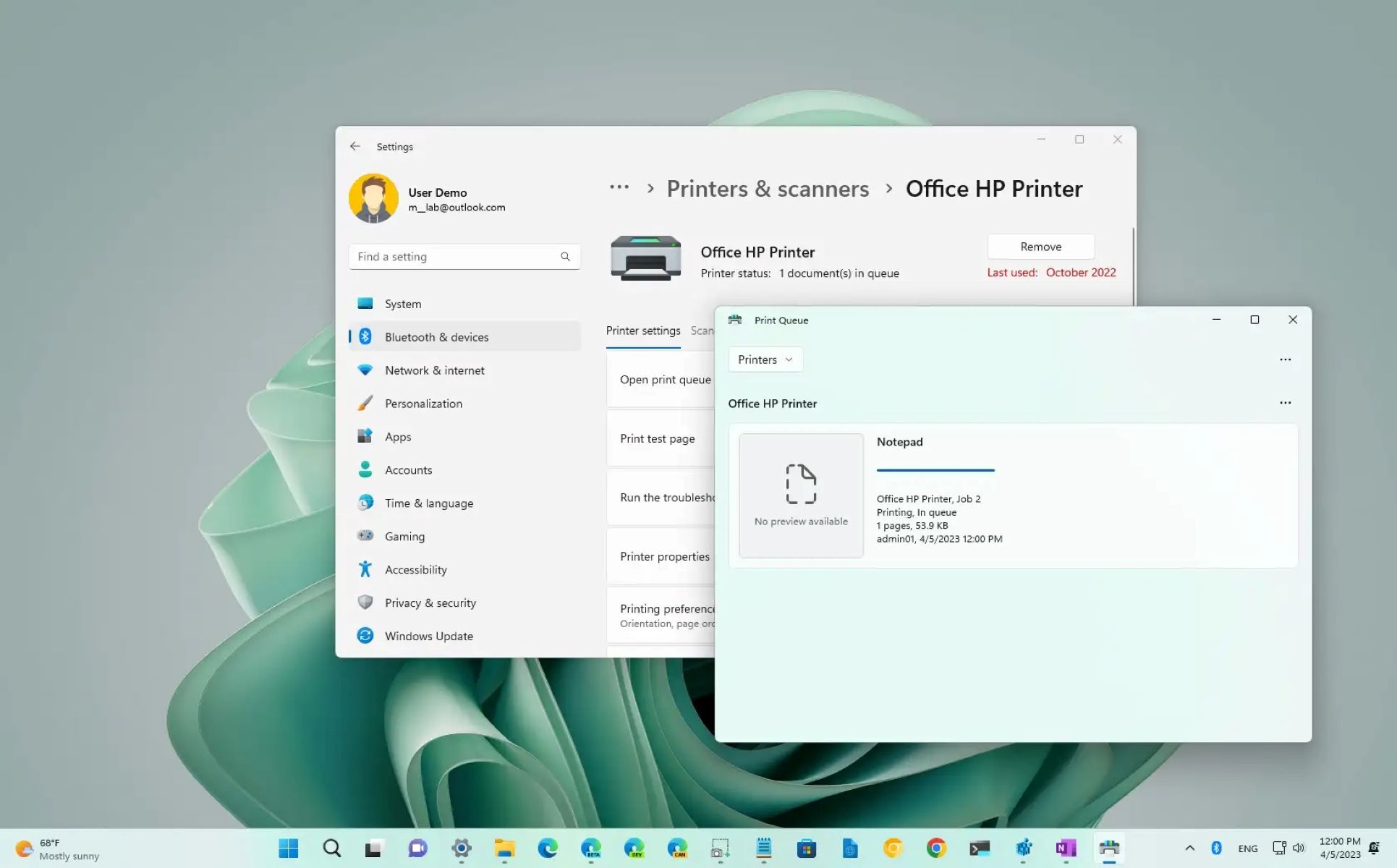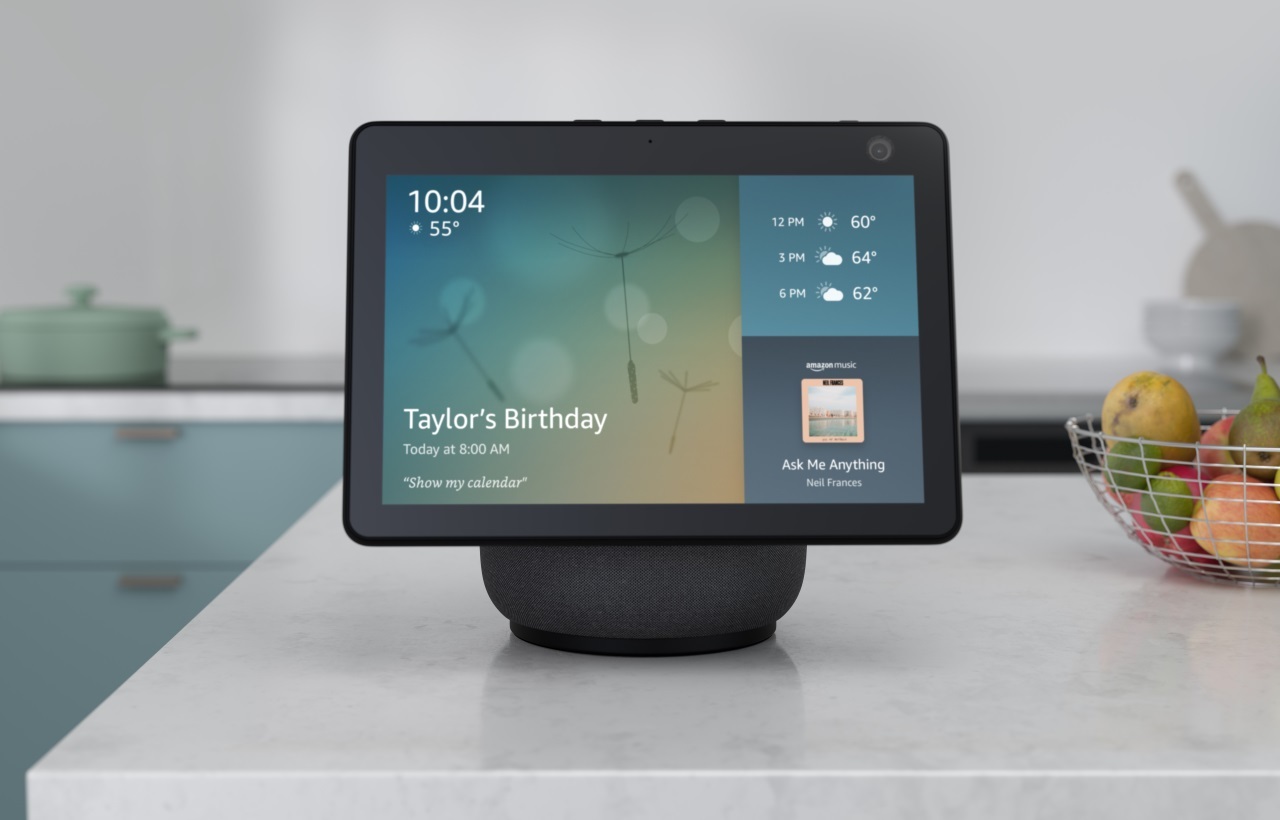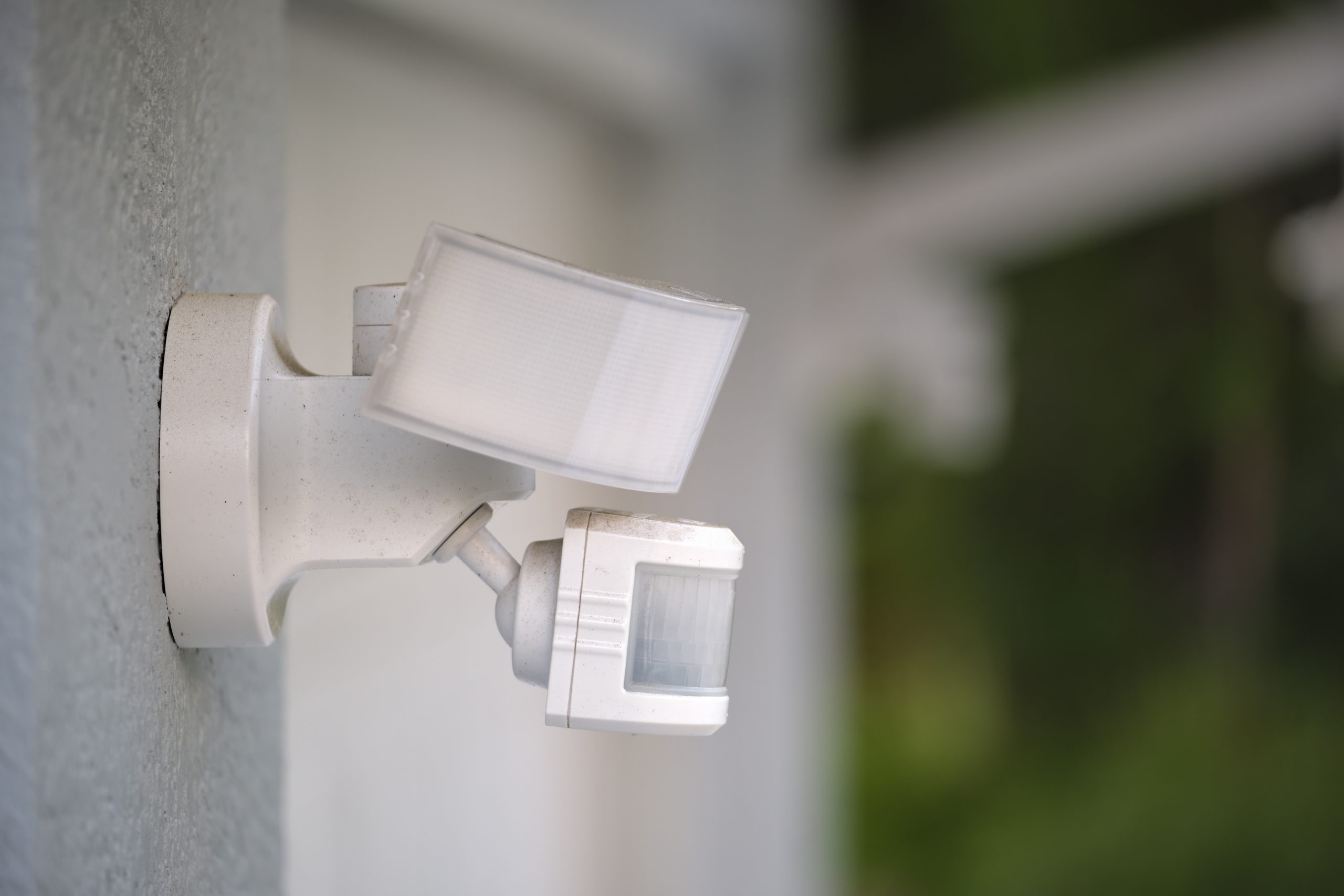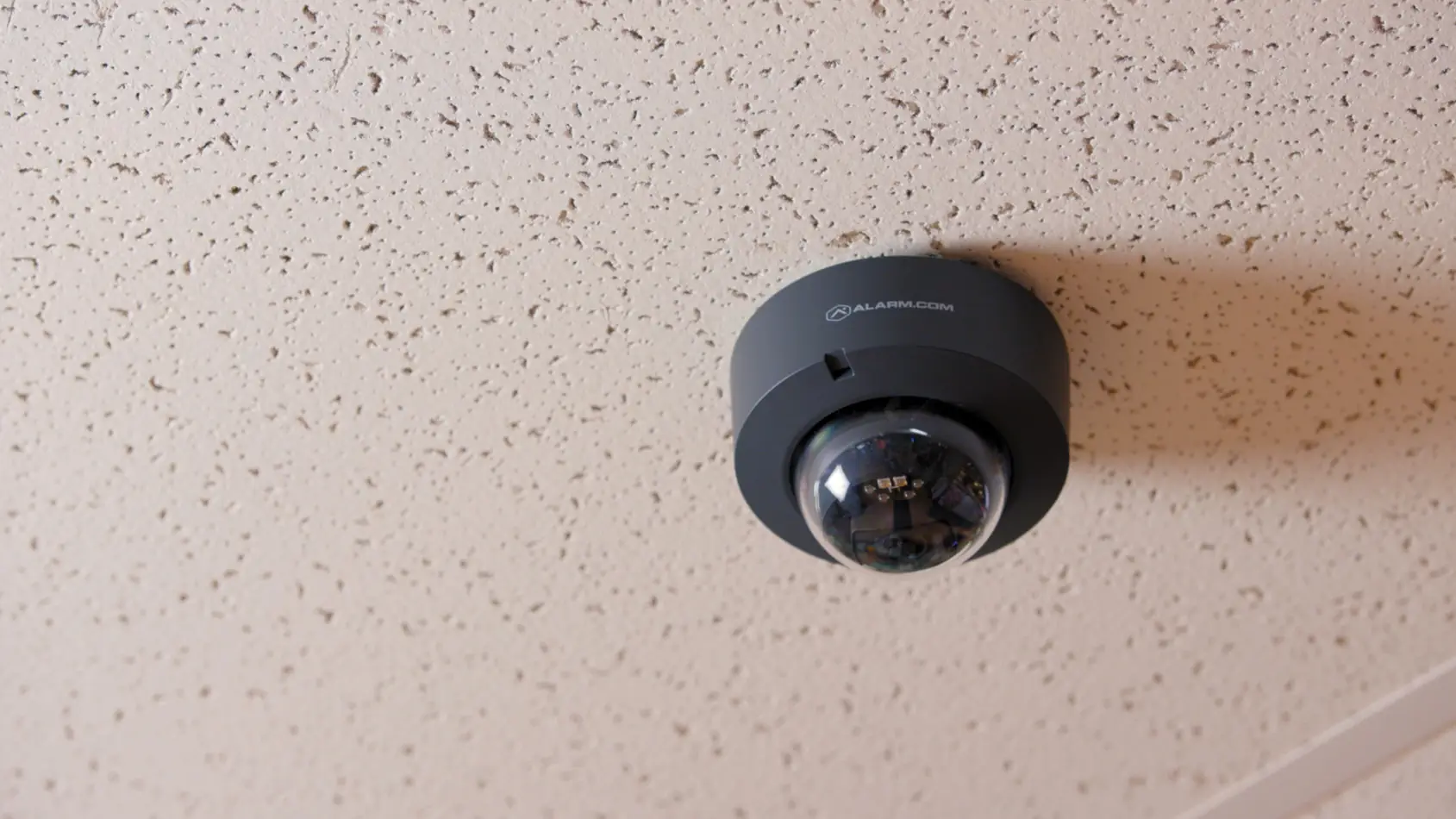Home>Home Maintenance>What To Do If A Customer Does Not Show Up For A Home Repair Appointment With The Contractor


Home Maintenance
What To Do If A Customer Does Not Show Up For A Home Repair Appointment With The Contractor
Modified: March 6, 2024
If a customer fails to show up for a home repair appointment with the contractor, learn what steps to take. Ensure efficient home maintenance.
(Many of the links in this article redirect to a specific reviewed product. Your purchase of these products through affiliate links helps to generate commission for Storables.com, at no extra cost. Learn more)
Introduction
Welcome to the world of home repairs and maintenance! Whether you are a homeowner or a contractor, you have likely encountered a situation where a customer fails to show up for a scheduled appointment. This can be frustrating and inconvenient for both parties involved. As a contractor, it is essential to know how to handle these situations professionally and effectively.
In this article, we will guide you through the steps to take when a customer does not show up for a home repair appointment. From understanding the situation to rescheduling the appointment, addressing customer concerns, and implementing preventative measures, we will cover it all.
Before we dive into the details, it’s essential to remember that these situations can happen for various reasons. Life events, misunderstandings, or unforeseen circumstances can all contribute to a customer’s failure to appear. As a contractor, it is important to approach these situations with empathy and a focus on finding a solution.
So let’s get started and explore how to handle a no-show customer in a professional and efficient manner.
Key Takeaways:
- When a customer misses a home repair appointment, contractors should empathetically understand the situation, review the contract, and make initial contact to reschedule. Clear communication and flexibility are crucial for a positive resolution.
- Implementing preventative measures, such as appointment reminders and flexible scheduling, can help minimize the impact of no-show customers. Addressing concerns with empathy and professionalism is key to maintaining a positive professional relationship.
Understanding the Situation
When a customer fails to show up for a scheduled home repair appointment, it is essential to first assess the situation and gather as much information as possible. Understanding the circumstances surrounding the no-show will help you determine the best course of action.
Start by reviewing all communication with the customer leading up to the appointment. Check your emails, text messages, or any other form of correspondence to ensure that all the details were clear and well-communicated. This step will help you determine whether there was a misunderstanding or miscommunication that led to the customer not showing up.
Next, try to contact the customer to verify their absence. It is possible that there may have been an emergency or an unexpected event that prevented them from attending the appointment. Reach out via phone, email, or text message to see if you can get in touch with them and gather more information.
If you are unable to reach the customer, it can be helpful to check online reviews or social media platforms to see if they have reached out or mentioned the missed appointment. This can provide insights into their perspective and any concerns they may have.
Remember, the goal at this stage is to gain a better understanding of why the customer did not show up for the appointment. Approach the situation with empathy and an open mind, as there may be legitimate reasons behind their absence.
Once you have gathered all the necessary information, it is time to review the contract and terms that were agreed upon between you and the customer. This will help you determine the next steps and how to proceed in handling the situation professionally. We will discuss this in more detail in the next section.
Reviewing the Contract and Terms
When dealing with a customer who did not show up for a home repair appointment, it is essential to review the contract and terms that were initially agreed upon. This step will help you understand your rights and obligations as a contractor, as well as the customer’s responsibilities.
Start by examining the terms regarding appointment scheduling and customer obligations. Note any specific language regarding cancellations, rescheduling, or missed appointments. Look for clauses that address the consequences or charges associated with a no-show situation.
Keep in mind that contracts can vary, so it is crucial to review the specific terms agreed upon between you and the customer. Pay attention to any provisions that may require you to make attempts to contact the customer before taking further action.
If there are no specific terms regarding missed appointments, it is still important to handle the situation professionally and in accordance with industry best practices. This will help maintain your reputation and customer satisfaction.
Before taking any action, consider reaching out to the customer to discuss the missed appointment and seek clarification. This will allow you to gather more information and potentially resolve any misunderstandings or issues.
If the contract does outline consequences or charges for missed appointments, you can decide whether to enforce those terms. However, it is important to handle the situation with tact and diplomacy. Engage in open communication with the customer, explaining the terms of the contract and the impact of the missed appointment on your business.
Remember, the goal is not to penalize the customer, but rather to find a mutually beneficial solution. Discuss alternative options such as rescheduling the appointment or finding a compromise that satisfies both parties.
Overall, reviewing the contract and terms will provide you with a solid foundation for handling the situation. It will help you determine your rights and responsibilities as a contractor, allowing you to proceed in a fair and professional manner.
Making Initial Contact with the Customer
After understanding the situation and reviewing the contract, the next step in dealing with a no-show customer is to make initial contact with them. This communication is crucial for gathering more information, clarifying any misunderstandings, and discussing potential resolutions.
When contacting the customer, it is important to maintain a professional and empathetic tone. Start by expressing your concern for their absence and inquire about the reasons behind it. Be open-minded and receptive to their explanation, as there may be valid reasons for their no-show.
If possible, try to have a conversation with the customer instead of relying solely on written communication. This will help facilitate a clearer understanding of the situation and allow for real-time dialogue.
When reaching out, consider the following tips:
- Be polite and understanding: Approach the conversation with empathy and express your willingness to find a solution.
- Ask open-ended questions: Encourage the customer to share their perspective and reasons for not showing up.
- Listen actively: Pay attention to what the customer is saying, and avoid interrupting or making assumptions.
- Avoid placing blame: Instead of accusing or criticizing the customer, focus on finding a resolution.
- Offer alternative solutions: If appropriate, suggest options such as rescheduling the appointment or finding a compromise that works for both parties.
- Document the conversation: Take notes on the discussion, including the customer’s explanation, any agreements reached, or next steps.
Keep in mind that your goal is to engage in a constructive conversation and reach a resolution that satisfies both parties. By initiating contact and showing a willingness to understand the customer’s perspective, you can take the first step towards finding a resolution and maintaining a positive professional relationship.
Assessing the Reason for No Show
After making initial contact with the customer, it is crucial to assess the reason behind their no-show. Understanding the underlying factors will help you determine the best course of action in addressing the situation and finding a resolution.
During your conversation with the customer, ask open-ended questions to encourage them to share their perspective. Some possible reasons for a no-show could include:
- Emergency situations: The customer may have had a sudden and unexpected emergency that prevented them from attending the appointment.
- Miscommunication or confusion: There might have been a misunderstanding about the appointment time, date, or location. Clarifying any discrepancies can help resolve the issue.
- Transportation issues: The customer may have encountered transportation problems that hindered their ability to reach the appointment location.
- Other commitments: It is possible that the customer had previous commitments or obligations that they were unable to reschedule or manage effectively.
- Unforeseen circumstances: Life can be unpredictable, and unforeseen circumstances such as illness, family emergencies, or personal issues can arise at any given time and prevent a customer from attending an appointment.
By understanding the reason behind the no-show, you can better assess the customer’s situation and determine whether it is a genuine issue or a pattern of behavior. This assessment will guide your approach in finding a resolution.
If the reason provided by the customer appears valid and genuine, it is essential to approach the situation with empathy and flexibility. Consider rescheduling the appointment at a convenient time for both parties, taking into account any additional factors that may arise. This solution shows understanding and a willingness to work with the customer’s circumstances.
However, if the no-show appears to be a recurring issue or if the customer fails to provide a satisfactory explanation, it may be necessary to evaluate whether further action is warranted. In such cases, refer back to the contract and terms to determine the appropriate steps to take.
Remember, the goal is to find a resolution that benefits both parties and maintains a positive professional relationship. By assessing the reason behind the no-show, you can make informed decisions on how to handle the situation moving forward.
If a customer does not show up for a home repair appointment with the contractor, it’s important to communicate with them to understand the reason for their absence and to reschedule the appointment as soon as possible. This will help to ensure that the repair work is completed in a timely manner and to the customer’s satisfaction.
Read more: What Is A HVAC Contractor
Rescheduling the Appointment
Once you have assessed the reason for the customer’s no-show and have engaged in a conversation with them, it is time to discuss the possibility of rescheduling the appointment. Rescheduling allows both parties to find a new date and time that accommodates any unforeseen circumstances or conflicts.
During the conversation with the customer, propose alternative appointment options based on their availability as well as your own schedule. Be flexible and open to finding a mutually agreeable time slot that works for both parties.
Consider the following steps when rescheduling the appointment:
- Apologize for any inconvenience caused: Regardless of who was at fault for the missed appointment, it is crucial to apologize for any inconvenience caused and express your understanding of the customer’s situation.
- Discuss alternative available dates and times: Propose alternative appointment options based on both parties’ availability. Consider offering multiple choices to enhance the likelihood of finding a suitable time slot.
- Confirm the new appointment details: Once a new date and time have been agreed upon, confirm the details with the customer, including the precise time, location, and any other relevant information.
- Send a written confirmation: Follow up the conversation with a written confirmation of the rescheduled appointment. This can be done via email or text message, ensuring that both parties have a record of the new arrangement.
Be sure to update any relevant calendars or scheduling systems to reflect the new appointment details. This helps to avoid any confusion or double bookings in the future.
It is essential to approach the rescheduling process with patience and understanding. Acknowledge that unexpected circumstances can arise for both parties, and finding a mutually agreeable resolution will enhance customer satisfaction and maintain a positive working relationship.
By proactive communication and offering flexible options, you can effectively reschedule the appointment and ensure that the necessary repairs or maintenance tasks are completed in a timely manner.
Addressing Customer Concerns or Complaints
When a customer fails to show up for a scheduled home repair appointment, it is essential to address any concerns or complaints they may have. This step demonstrates your commitment to customer satisfaction and helps repair any potential damage to the professional relationship.
During your conversation with the customer, actively listen to their concerns and validate their feelings. Make an effort to understand their perspective and empathize with their frustrations. By acknowledging their concerns, you can take steps to resolve the issue effectively.
Consider the following tips for addressing customer concerns or complaints:
- Stay calm and professional: Avoid becoming defensive or confrontational, even if the customer expresses their dissatisfaction. Maintain a calm and professional demeanor throughout the interaction.
- Actively listen and show empathy: Allow the customer to express their concerns fully. Listen attentively, show empathy, and validate their feelings. This demonstration of understanding can help defuse tension and build rapport.
- Apologize sincerely: Taking responsibility for any mistakes or inconveniences is crucial. Offer a genuine apology for the missed appointment or any related issues that the customer may have experienced.
- Offer solutions or compromises: Based on the customer’s concerns, propose solutions or compromises that address their needs. This could include offering a discount on future services, providing additional support, or reassessing the contract terms if necessary.
- Document the discussion: Take notes during the conversation to ensure that you have an accurate record of the customer’s concerns and the steps taken to address them. This documentation can be useful for future reference and to demonstrate your commitment to resolution.
- Follow up on resolutions: Once a resolution has been agreed upon, ensure that you follow through on your commitments. Take the necessary actions promptly to restore the customer’s confidence in your services.
Addressing customer concerns or complaints in a timely and professional manner not only resolves the immediate issue but also shows your dedication to customer satisfaction and quality service. It can also help salvage the professional relationship and maintain a positive reputation for your business.
Charging for Missed Appointments
Dealing with missed appointments as a contractor can result in lost time and resources. To address this issue, some contractors choose to implement a policy for charging customers for missed appointments. However, before implementing such a policy, it is crucial to consider the potential impact on customer satisfaction and the long-term relationship.
If your contract includes terms and conditions that outline the consequences or fees associated with missed appointments, you have the option to enforce those terms. These charges can help compensate for the lost time and resources while also serving as a deterrent for future no-shows.
When considering whether to charge for missed appointments, keep the following in mind:
- Review the contract terms: Make sure your contract explicitly states the consequences and charges for missed appointments. Ensure that customers are aware of these terms before scheduling an appointment.
- Consider the circumstances: Assess the reason behind the no-show and the impact it had on your business. Evaluate whether the missed appointment was a one-time occurrence or if there is a pattern of behavior.
- Communicate transparently: If you decide to enforce charges for missed appointments, communicate this policy clearly to your customers. Make them aware of the potential fees before confirming any appointments.
- Exercise discretion: While charging for missed appointments can be reasonable, it is important to exercise discretion and flexibility in certain situations. Emergencies or extenuating circumstances may warrant waiving the charges as a gesture of goodwill.
- Balance between charging and customer satisfaction: Consider the potential impact on customer satisfaction and the long-term relationship. If charging for missed appointments may result in negative reviews or damage your reputation, it is important to weigh the costs versus the benefits.
Before implementing a policy for charging customers, it is advisable to explore alternative solutions to address missed appointments. Rescheduling the appointment, offering a discount on future services, or implementing reminder systems can help minimize the occurrence of no-shows without resorting to charging.
However, if you decide to enforce charges for missed appointments, clearly communicate the policy to your customers and ensure consistency in its application. Transparency and open communication will help set expectations and minimize misunderstandings.
Remember, maintaining a positive professional relationship with your customers is crucial for your business. Assess the situation, consider the potential impact, and exercise discretion when deciding whether to charge for missed appointments.
Implementing Preventative Measures
Dealing with no-show customers can be challenging, but there are steps you can take to minimize the occurrence of missed appointments in the first place. Implementing preventative measures helps ensure a smoother and more efficient scheduling process, reducing the inconvenience and impact of no-shows. Here are some strategies to consider:
- Clear communication: From the initial contact to the confirmation of the appointment, ensure that your communication with the customer is clear, concise, and comprehensive. Clearly state the date, time, and location of the appointment, reiterating these details multiple times leading up to the scheduled date.
- Appointment reminders: Implement a system for sending appointment reminders to customers. This can be done via email, text message, or automated phone calls. Send reminders a day or two before the scheduled appointment to ensure that the customer has ample time to prepare and make arrangements.
- Confirmations: Request that customers confirm their appointments to ensure their commitment. This can be done through a simple reply to an automated reminder or a phone call from your team. Confirming appointments reduces the chances of misunderstandings or forgetting about the scheduled date and time.
- Prioritize punctuality: As a contractor, lead by example and prioritize punctuality. Arrive on time for appointments and respect the customer’s time. This sets a standard and encourages customers to reciprocate by being prompt for their scheduled appointments.
- Flexible scheduling options: Offer a range of scheduling options to accommodate different customer needs. This includes offering evening or weekend appointments for those who have busy weekday schedules. Providing flexibility allows customers to select a time that works best for them, reducing the chances of conflicts or last-minute cancellations.
- Adaptive scheduling software: Utilize scheduling software or apps that can help streamline the appointment booking process. These tools can automate reminders, sync with your calendar, and enable customers to manage their appointments online. The use of technology simplifies the process and reduces the chances of scheduling errors.
- Customer feedback loop: Implement a feedback system where customers can share their experience and provide suggestions for improvement. This helps identify any recurring issues or areas where the scheduling process can be enhanced. Actively collect and analyze feedback to make informed decisions on how to optimize your appointment scheduling procedures.
By implementing these preventative measures, you can significantly reduce the occurrence of missed appointments and streamline the scheduling process. Clear and consistent communication, effective reminder systems, and flexibility in scheduling all contribute to a more efficient and reliable appointment management system.
Remember, dealing with no-show customers is inevitable to some extent, but taking proactive steps to prevent and minimize such occurrences will contribute to the overall success and professionalism of your home repair business.
Read more: What Do Construction Contractors Do
Conclusion
Dealing with a customer who fails to show up for a scheduled home repair appointment can be frustrating and disruptive. However, by following the right approach and implementing effective strategies, you can navigate these situations with professionalism and find a resolution that satisfies both parties.
In this article, we have explored various steps to take when faced with a no-show customer. Starting with understanding the situation and reviewing the contract, we discussed the importance of making initial contact with the customer and assessing the reason for the no-show. We also covered the process of rescheduling the appointment, addressing customer concerns or complaints, and considering the option of charging for missed appointments. Lastly, we explored the implementation of preventative measures to reduce the occurrence of no-shows.
Throughout this process, it is essential to maintain a customer-centered approach. Actively listen to their concerns, empathize with their situations, and work towards finding a resolution that ensures customer satisfaction and maintains a positive professional relationship.
Remember that each situation is unique, and the solutions outlined in this article should be adapted to fit your specific circumstances and contractual agreements. Communication, understanding, and a willingness to find common ground are key aspects of handling no-show customers effectively.
By implementing preventative measures such as clear communication, appointment reminders, and flexible scheduling options, you can help minimize the occurrence of missed appointments and ensure a smoother scheduling process. Additionally, addressing customer concerns or complaints with empathy and professionalism can help salvage the professional relationship and maintain a positive reputation for your business.
As a contractor, it is important to continuously evaluate and improve your processes to minimize the impact of no-show customers. By doing so, you can provide a reliable and efficient service to your customers, enhance customer satisfaction, and ultimately contribute to the long-term success of your home repair business.
Frequently Asked Questions about What To Do If A Customer Does Not Show Up For A Home Repair Appointment With The Contractor
Was this page helpful?
At Storables.com, we guarantee accurate and reliable information. Our content, validated by Expert Board Contributors, is crafted following stringent Editorial Policies. We're committed to providing you with well-researched, expert-backed insights for all your informational needs.













